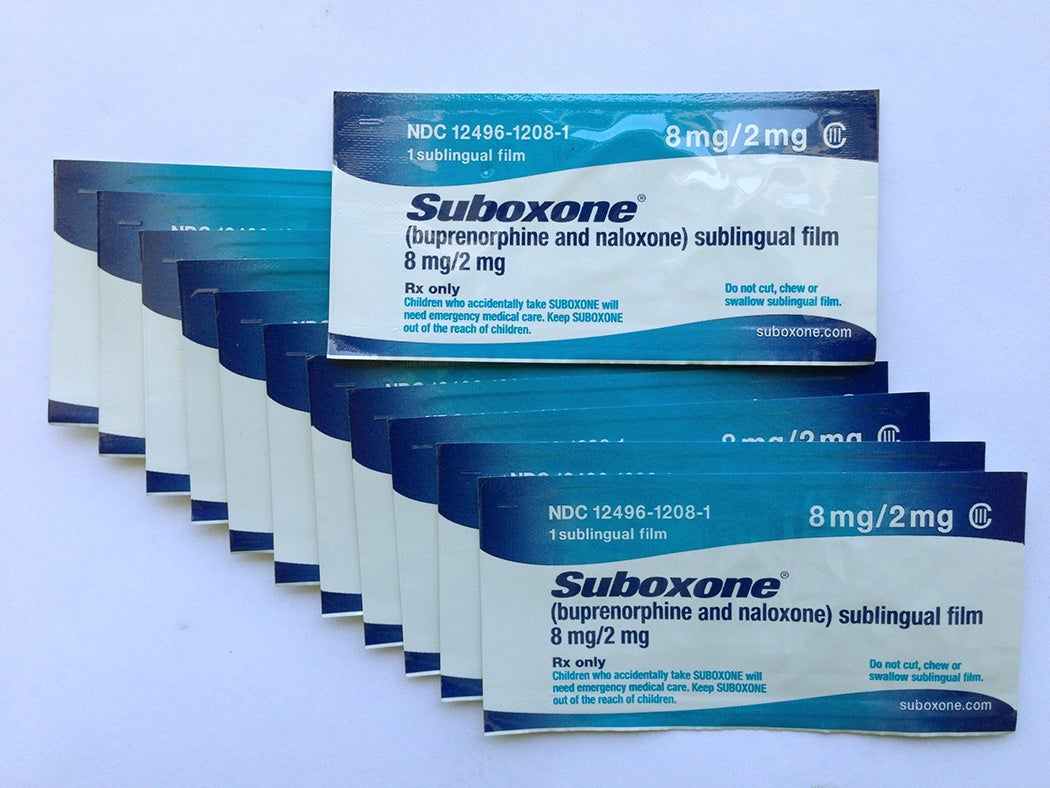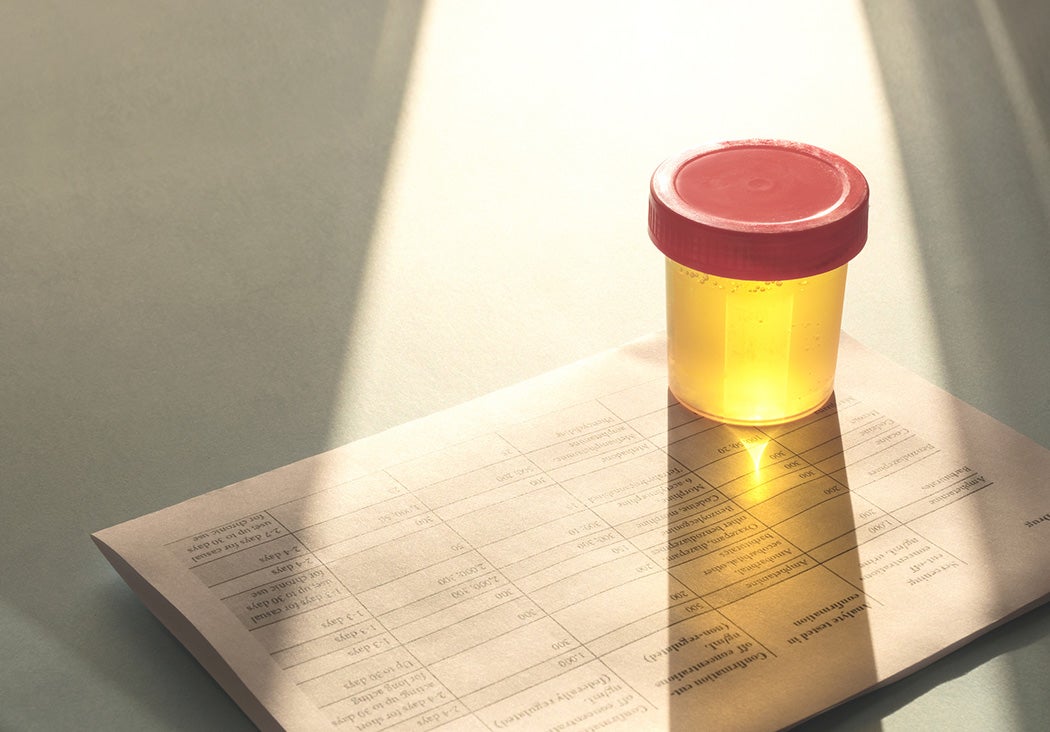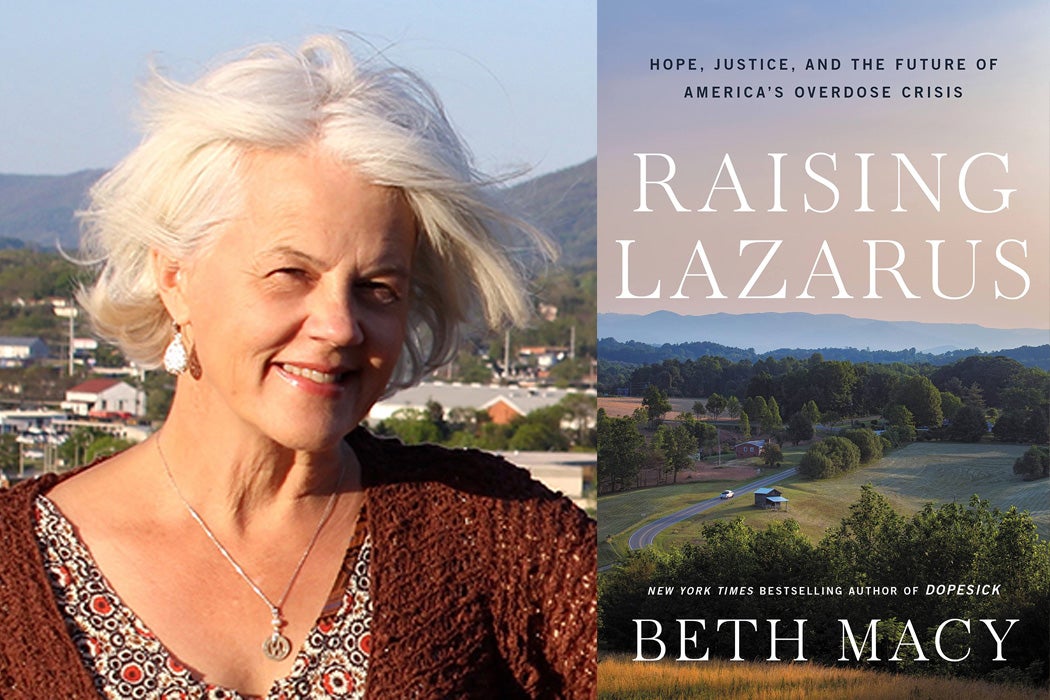Since Beth Macy’s first book on the overdose crisis, the death toll has risen steeply. More than one million Americans have died in just over two decades, with more than 107,000 people dying in 2021 alone. Fatalities from illicit opioids now dwarf those from prescription drugs, with far more people dying of illicitly manufactured fentanyl than ever died of OxyContin annually. The crisis bears little resemblance to its origins.
In her 2018 book Dopesick, adapted into a Peadbody-winning Hulu series, Beth Macy recounted how Purdue Pharma’s Sackler family aggressively marketed OxyContin, triggering what we now know as the opioid epidemic. In her latest book, Raising Lazarus: Hope, Justice, and the Future of America’s Overdose Crisis, Macy moves beyond “how did this happen” and towards “how do we stop it?” Emphasizing the need for harm reduction, she seeks solutions that can save lives.
This interview has been edited for length and clarity.
When COVID-19 hit, opioid-related overdoses really started to spike, by about 30 percent. What caused this? And what has happened since then, in response?
What the Substance Abuse and Mental Health Services Administration (SAMHSA) did right away is loosen the restrictions on buprenorphine (or Suboxone)—allowing telehealth for buprenorphine. You could call a buprenorphine prescriber and just do it over the phone. One guy I wrote about, Steve Lloyd, was like, “It was really great. And then I saw people losing their jobs and then their apartments. And then they’re telehealthing me from their car, with their kids in the backseat doing Zoom school.” It was really stressful when people lost their jobs.

Buprenorphine has been way too regulated. Only 13 percent of folks have been able to access evidence-based medications [such as buprenorphine] in the last year. So, we have an 87 percent treatment gap. But I’m hoping that COVID will teach us that we don’t have to be so rigid about it. That was killing people.
Another regulation that’s been loosened by the Biden administration is that any doctor without getting the waiver can prescribe for up to 30 patients. If you get the full waiver and you have experience, it can be up to 275. It’s called the X waiver, and many activists want to just get rid of it all together—because there’s no special waiver for prescribing Oxycontin, but there is for treating opioid addiction.
How could buprenorphine, an evidence-based treatment, become more mainstream?
Health departments could take this on. There’s a health department in Lee County, the furthest west county in Virginia, where the opioid crisis was centered at the beginning. They had a really forward-thinking health department director who got herself waivered to prescribe as soon as she could. She started the state’s first needle exchange, even though the police were against it. But because they knew her and trusted her, they actually listened to her when she said, “Guys. Nothing else we’re doing is working.”
When our political leaders are willing to take a little bit of public heat, that’s what’s going to happen. I see too many saying, “I have to get elected. If I’m anything other than tough on crime, I might not get elected.” There’s this idea that we’ve got to be tough on crime, because that makes us look like we’re doing something. But enough people have been affected by this now that they know that people are actually more likely to overdose and die when they come out of jail. The drug war is just an absolute failure.
Palm Beach County was once an epicenter of Oxycontin use and addiction. In 2019, there were more rehabs in sober living homes than elementary schools there. But many of these involved fraud, right? Is that still happening?
There are all these companies billing families’ insurance companies and tons of urine drug screens. And most rehabs still don’t offer buprenorphine or methadone. That’s criminal to me. That is not what the evidence says is the best treatment. And yet, families think because they’re spending a lot of money—some of them are remortgaging their homes to send their kid to some out-of-state rehab, for $30,000 for a month.
Even if a rehab would be good for you, a month isn’t long enough. But only one out of four people with an opioid use disorder (OUD) even need rehab. Most families don’t know that and they’re at their wits end, they’re Googling around. It’s been a hard road with their loved one. Maybe their loved one stole from them. Maybe they were violent and they needed a break. In that case, I think there is a place for rehab, but it’s really important to check that the rehab is evidence-based.
Many OUD treatment models are still abstinence-only, using models that were created before the medications that are now considered the gold standard of care even invented. For OUD, this approach can be deadly. How can we shift the mindset on treatment?
There’s a great scene in the Hulu show where Michael Keaton is looking around at the rehab he’s in, asking people, “How many times have you been here?” He asks the guy running it, [who has recovered], “Well, wait, what were you in here for?” And he goes, “Alcohol.” There’s this moment where he realizes it’s a different thing because of the opioid receptors, and so you really need the medication.
The Twelve-Step Program helps a lot of people. I would never just dismiss them. But people like Tess (who Macy wrote about in Dopesick) would go to these AA meetings because it was required by her doctor, and nobody would sponsor her because she was on buprenorphine at the time. She was stigmatized. I think they’ve gotten away from that, but it still happens.
The opioid epidemic calls for a public health response, rather than relying on law enforcement. Still, how could police officers better handle the situation? Is there training that would help?
Well, they know what they’re doing isn’t working. The smart ones know that—because they’re arresting the same people over and over. In the book, there’s a woman who’s running a trap house [where drugs are bought and used]. She’s spent most of her adult life in and out of jail and prison, and they arrest her again, legitimately, because she’s got a lot of heroin on her. The cop, who she knows, goes “Billy, what the hell are we going to do with you?” And she said, “Why don’t you get me some treatment? Nobody’s ever offered me treatment.” And he does. Somebody in the book says, “Call it a pilot.” That seems to be less threatening for law enforcement officials.
I just saw her the other night at my book launch. She has 15 months in recovery. So that was one cop, willing to take a chance. Billy is probably going to end up saving lives with her story. She’s probably going to become a peer recovery specialist, just like Sonya, the woman who helped her.
Many people with a substance use disorder lost jobs during COVID-19. And many have a tough time getting new jobs, because of drug-testing. What could employers do to help?
Maybe not make employment contingent on a drug test. Maybe start recovery groups at the workplace. Maybe connect those folks with therapists and people that can help them work on their trauma. One of the programs Nikki, the woman in Indiana I write about, was trying to get businesses in her community to sponsor recovery houses, because they didn’t have any in that town, with the idea that eventually we’ll employ these people.

Sonya, a peer-recovery specialist in Surrey County, is now going to be co-located in the new jail. She’s working with people in jail to help them get a job when they get out.
By June of 2021, fentanyl and other synthetics were involved in 87 percent of opioid deaths. What can be done now to manage the fentanyl crisis?
Fentanyl is what people are dying most of. And there’s a lot of polysubstance death—not just fentanyl. Meth and fentanyl, cocaine and fentanyl, [benzodiazepines and fentanyl]. You’ve seen an uptick in teenage death because of fentanyl. So, kids experimenting, like kids do, is really deadly now. Don’t wait for somebody to hit bottom, because bottom is death.
The number of teenagers that died in the last year was a thousand. And these weren’t people who were [necessarily] addicted—they were experimenting and they got fentanyl. So, that’s a really strong argument for evidence-based prevention models, and interdiction, which is important. We have almost 7 million people with OUD now, and we’ve got to make the treatment easier to access than the dope.
After thousands of lawsuits were filed against Purdue Pharma, the company declared bankruptcy—a practice common among wealthy debtors that can be a form of bankruptcy abuse. Can you talk about what that means? Have they taken responsibility for their actions?
We’re learning that billionaire’s rule and that if you have enough money, you can hire $1,800-an-hour lawyers, and McKinsey Consultants, and PR flack to sort of insulate yourself from this. You can pull yourself out of these 3,000 lawsuits, multidistrict litigation, and can handpick your judge. They’ve been allowed to get the benefits of bankruptcy when they’re not, in fact, bankrupt. We need bankruptcy reform. And the parents who have lost loved ones are pissed off, and they have every right to be. Nobody said they were sorry. A few of the Sacklers sort of tinkered around the edge of an apology. But Richard, when asked in court, “Are you responsible?” said, “No.” “Is your family responsible?” “No.” “Is Oxycontin responsible?” “No.”
That is such a slap in the face to the families of a million people who have died since Oxycontin came out.
This settlement money is making its way to communities affected by the opioid epidemic. What is currently being done with it?
There isn’t really infrastructure in a lot of counties that are going to be getting this money. I spoke to all the county commissioners in North Carolina on Friday. There are 100 counties, and only about fifty of them even have a plan so far of what they’re going to do, and they’ve already started to get the money. You just worry that the money will do what the tobacco money did and go to fill potholes or state budget shortfalls. That’s why it’s so important for people to see examples that are working elsewhere.
If you were in charge, how would you start spending the money?
Well, SAMSHA put out some new research, and of the 18.9 million people [over 12 in 2019] with an SUD in the past year who did not receive treatment at a specialty facility, 95.7 percent did not feel that they needed treatment. They don’t want to stop using drugs, and they don’t want to go into recovery. These are the people who are most likely to get fentanyl and die. We need to reach them.
The reason they don’t want to get better isn’t that they want to continue to live in a tent and do sex work. It’s because they tried over and over and they’ve either not been able to access it, or they’ve been treated really poorly by healthcare professionals. Training healthcare professionals how to put humanity back into our institutions. I describe the front desk employee at the clinic in Morgantown, North Carolina, who realizes that that is so key.
Weekly Newsletter
We’re already spending a lot of money to fund graduate medical education programs. That’s a system that’s still producing young doctors that don’t know how to treat or even identify substance use disorders. That needs to be a real effort.
I hope the money filters down to the people who are already doing evidence-based work. Harm reduction workers like Tim, who are going to people where they are. They’re trying to reach those who are reluctant to say, “Hey, we do care about you. You might not know that people who use needle exchanges are five times more likely to enter treatment or three times more likely to eventually give up drugs altogether.”
Support JSTOR Daily! Join our new membership program on Patreon today.







